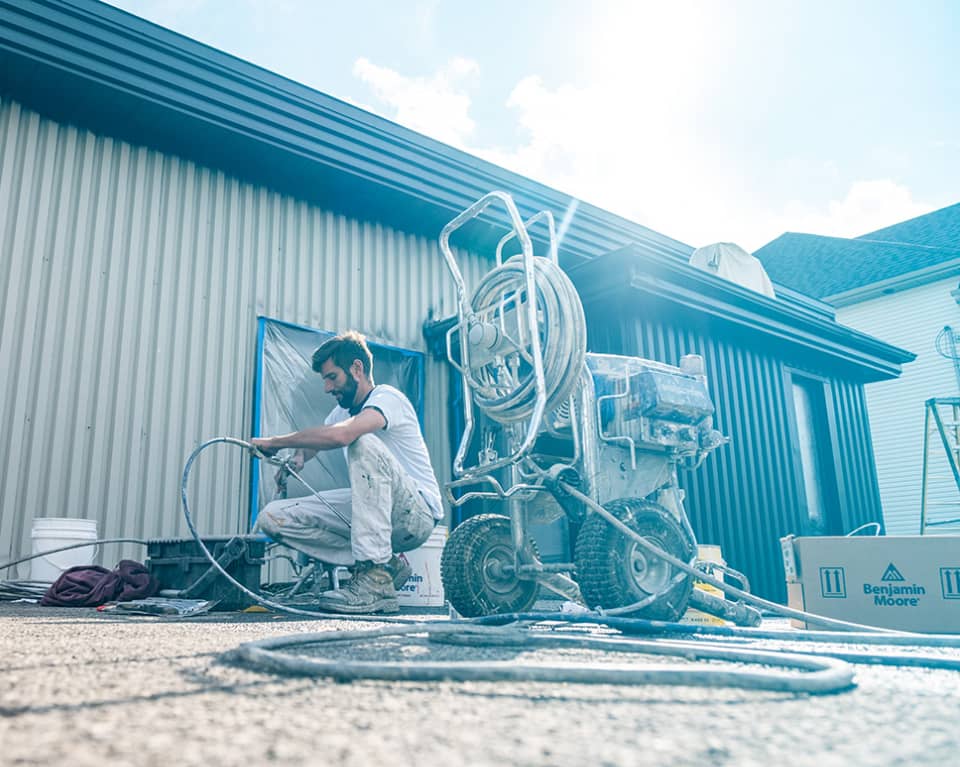Masonry painting and dyeing myths
What is masonry?
We call masonry the walls made of bricks, mortar, lime, concrete, stucco or aggregate.
Contrary to the popular opinion, masonry can be painted. In fact, we used to oil paint brick walls and when doing this, the walls kept moisture inside them.
Nowadays, we paint masonry (bricks, stucco, concrete, etc.) with acrylic paint. This gives excellent results, far better than with oil paint.
Acrylic painting advantages
The use of acrylic paint on brick and stucco offers various advantages.
- The masonry covering does not absorb the water like a sponge (as it was the case with oil paints)
- The paint protects the overall structure.
- The insulation life span is longer.
With FinDecor, brick painting is guaranteed up to 30 years. Please refer to your services agreement if needed.
Brick dyeing
Note that it’s also possible to dye your masonry. Indeed, brick dyeing is now common in renovation. When we replace part of the brick facing, the new bricks have a slightly different tone than the ones that were exposed to the sun during years. Moreover, brick dyeing offers the same advantages paint does.
Other kinds of masonry
Is it the same with other types of masonry? Yes. We can paint and dye stucco, concrete, aggregate the same way we paint and dye brick, and it offers the same advantages. However, it’s good to know that a stone facing can’t be painted. And that you must never apply dye on top of paint!
To learn more about brick and masonry painting, contact us now.
Dave Beaupre
Master-painter

